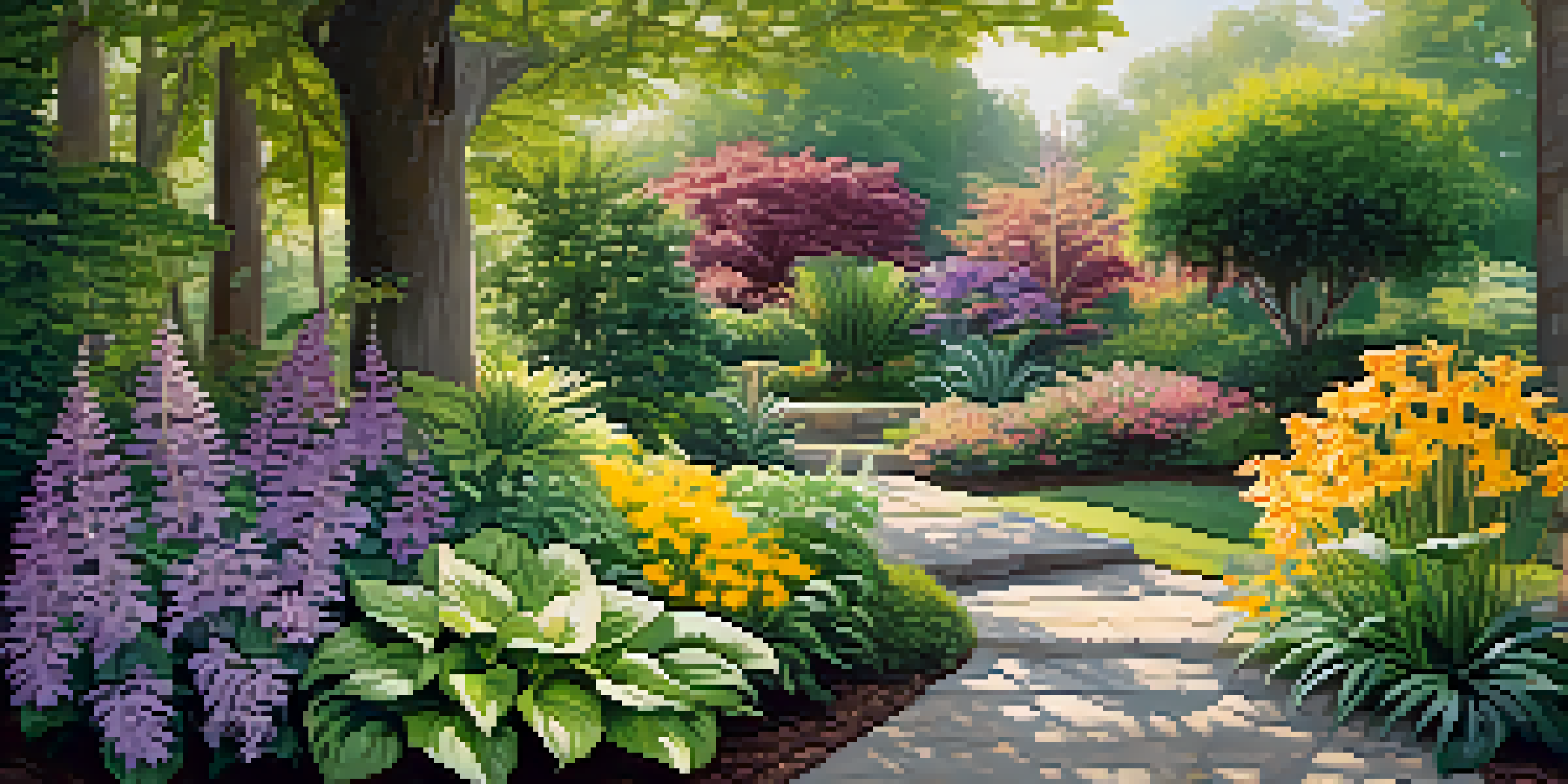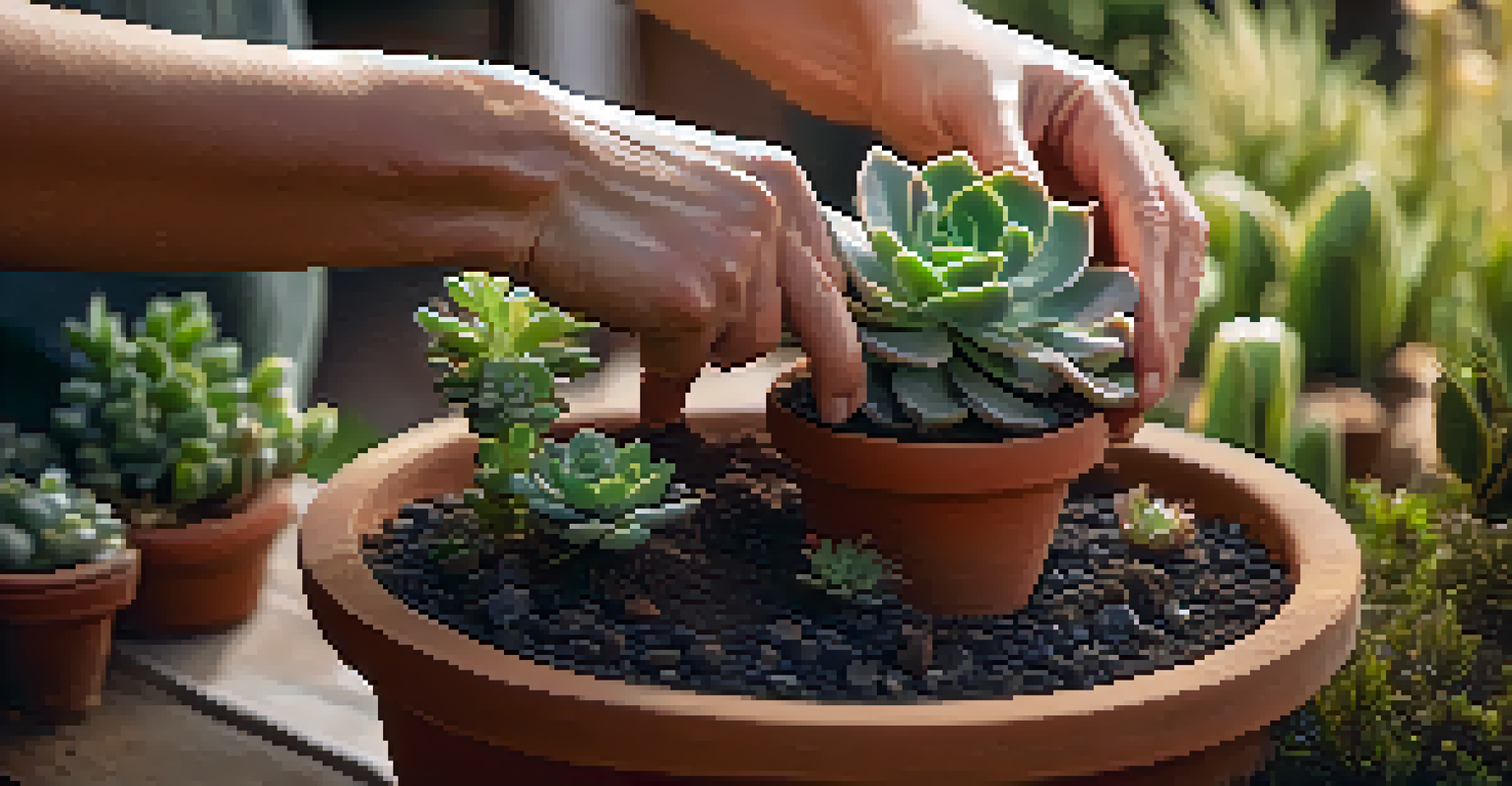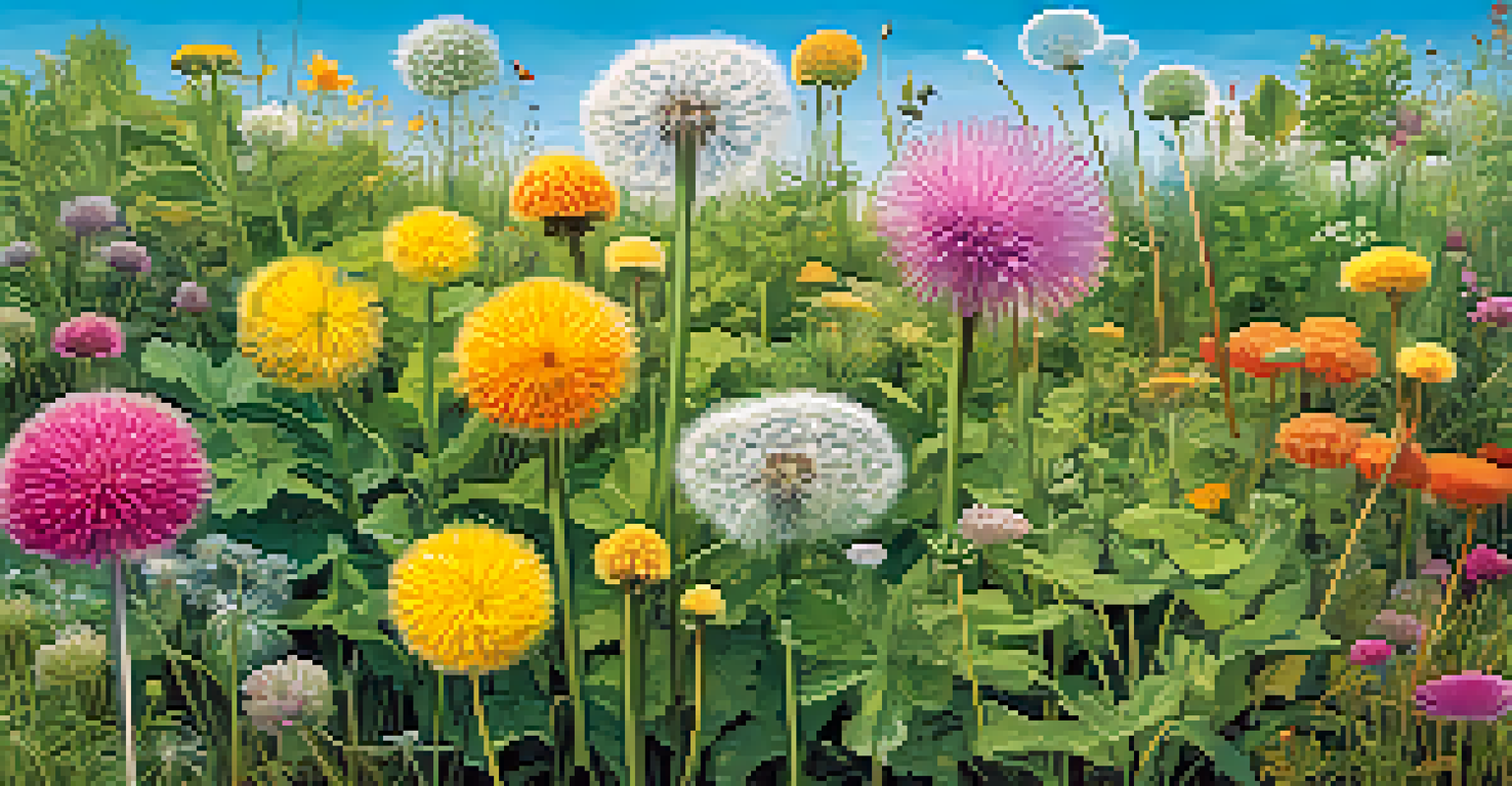Gardening Myths Debunked: Common Misconceptions Explained

Myth: You Need a Green Thumb to Garden Successfully
Many believe that being a successful gardener requires a natural talent, often referred to as having a 'green thumb.' However, gardening is more about knowledge, patience, and practice than innate ability. With the right resources and a willingness to learn, anyone can cultivate a thriving garden.
The greatest gift of the garden is the restoration of the five senses.
For instance, just like cooking, gardening involves following recipes—or in this case, best practices. By understanding plant needs, local climate, and soil conditions, even beginners can achieve beautiful results. It's all about trial and error, which can be quite rewarding!
So, if you’ve ever hesitated to start gardening because you think you lack the skills, remember that every expert was once a beginner. Embrace the journey, and you might surprise yourself with what you can grow!
Myth: All Plants Need Full Sunlight to Thrive
A common misconception is that all plants require full sunlight to flourish. While many plants do thrive in direct sunlight, others are perfectly suited for partial or even full shade. Understanding the specific needs of each plant type is crucial for a successful garden.

For example, shade-loving plants like ferns and hostas can add vibrant greenery to darker areas of your garden. By selecting the right plants for your environment, you can create a lush and diverse landscape, regardless of sunlight availability.
Gardening Requires Knowledge, Not Talent
Anyone can become a successful gardener with the right resources, knowledge, and a willingness to learn.
Always check the sunlight requirements for each plant and observe how much sun your garden receives throughout the day. This way, you can ensure that every plant gets the right conditions to thrive, enhancing your gardening experience.
Myth: Overwatering Is Better Than Underwatering
Many novice gardeners think that watering their plants as much as possible is the best approach. However, overwatering can lead to root rot and other issues that can harm or even kill your plants. It's essential to find a balance that suits each plant's needs.
To plant a garden is to believe in tomorrow.
For instance, succulents and cacti thrive in dry conditions and can suffer from excess moisture. On the other hand, plants like ferns prefer consistently moist soil. Understanding these differences will help you avoid the pitfalls of overwatering.
A good practice is to check the soil moisture before watering. Stick your finger about an inch deep into the soil; if it feels dry, it’s time to water, but if it’s still moist, hold off for a bit longer. This simple habit can significantly improve the health of your plants.
Myth: Organic Fertilizers Are Always Better Than Synthetic Ones
There's a common belief that organic fertilizers are superior to synthetic options. While organic fertilizers can enhance soil health over time, synthetic fertilizers often provide a quick nutrient boost that can be beneficial in specific situations. The best choice depends on your garden's unique needs.
For example, if you have a nutrient-deficient soil and need immediate results, synthetic fertilizers can be very effective. In contrast, organic fertilizers improve soil structure and fertility over time, making them a great long-term investment.
Not All Plants Need Full Sunlight
Understanding the specific sunlight requirements of plants is crucial for creating a thriving garden.
Ultimately, understanding the pros and cons of each type of fertilizer will help you make informed decisions. Mixing both types in a balanced approach can often yield the best results for your garden.
Myth: Pesticides Are Always Necessary for Pest Control
Many gardeners believe that using pesticides is the only way to manage pests. However, this isn't always the case. There are numerous natural and preventative measures that can keep pests at bay without the need for chemical treatments.
For instance, introducing beneficial insects like ladybugs can naturally reduce aphid populations, while companion planting can deter unwanted pests. These methods can be effective and create a healthier ecosystem in your garden.
Before reaching for pesticides, explore these alternatives. A little research can reveal a wealth of natural pest control options that not only protect your plants but also contribute to a more sustainable gardening practice.
Myth: You Should Prune Plants in the Spring Only
Another common myth is that pruning should only be done in spring. While this is true for some plants, many others benefit from pruning at different times of the year. Understanding the specific requirements of your plants is key to effective pruning.
For example, summer-blooming shrubs often need pruning in late winter or early spring, while spring-blooming varieties should be pruned right after flowering. This ensures you don’t remove the buds that will produce blooms.
Pruning Timing Is Plant-Specific
Effective pruning depends on the type of plant, as different species have varying optimal times for cutting.
By learning the best pruning times for your plants, you can encourage healthy growth and blooming cycles. Timing is everything in gardening, and a little knowledge can lead to stunning results.
Myth: Weeds Are Just Bad Plants You Should Eliminate
Many people view weeds simply as unwanted plants that must be eliminated. However, this perspective overlooks the potential benefits of certain weeds. Some can improve soil health, attract pollinators, or even provide food for beneficial insects.
For instance, dandelions are often seen as pests, but they can be a source of food for bees in early spring when few other flowers bloom. Additionally, certain weeds can improve soil structure and nutrient levels, contributing to overall garden health.

Instead of rushing to eradicate every weed, consider taking a more balanced approach. Identify which weeds are truly harmful and which might serve a beneficial role in your garden ecosystem.